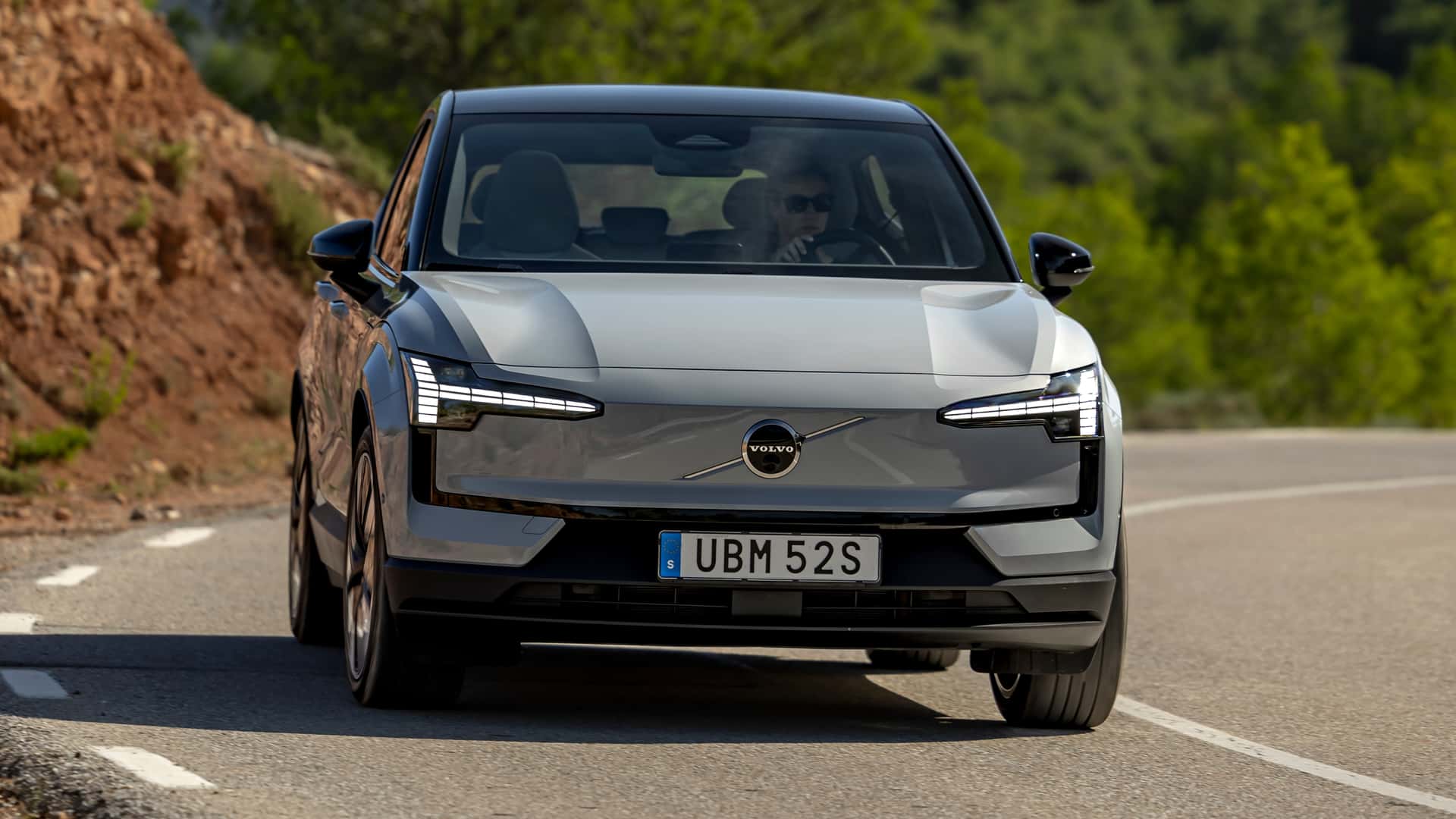Data from thousands of EVs shows the average daily driving distance is a small percentage of the EPA range of most EVs.
For years, range anxiety has been a major barrier to wider EV adoption in the U.S. It’s a common fear: imagine being in the middle of nowhere, with 5% juice remaining in your battery, and nowhere to charge. A nightmare nobody ever wants to experience, right? But a new study proves that in the real world, that’s a highly improbable scenario.
After analyzing information from 18,000 EVs across all 50 U.S. states, battery health and data start-up Recurrent found something we sort of knew but took for granted. The average distance Americans cover daily constitutes only a small percentage of what EVs are capable of covering thanks to modern-day battery and powertrain systems.
The study revealed that depending on the state, the average daily driving distance for EVs was between 20 and 45 miles, consuming only 8 to 16% of a battery’s EPA-rated range. Most EVs on sale today in the U.S. offer around 250 miles of range, and many models are capable of covering over 300 miles.



deleted by creator
EV driver here. I’d be happy to have a changing point available wherever I go but so far it’s been a coin flip. Either occupied, broken, torn down or a different plug type. And if I finally get one, the login and payment process is painfully bad and takes 10 to 15 minutes to get going. If it works at all.
Good for them. Until I can get a full charge from zero in 5 minutes, EVs are not an acceptable replacement for most people.
deleted by creator
Sounds good! I’ll check back with EVs in 10 years.